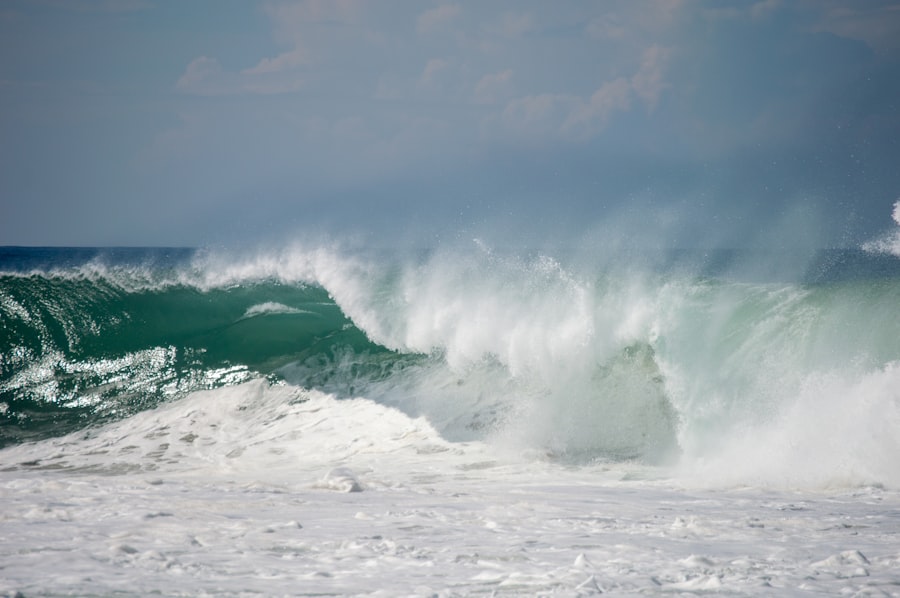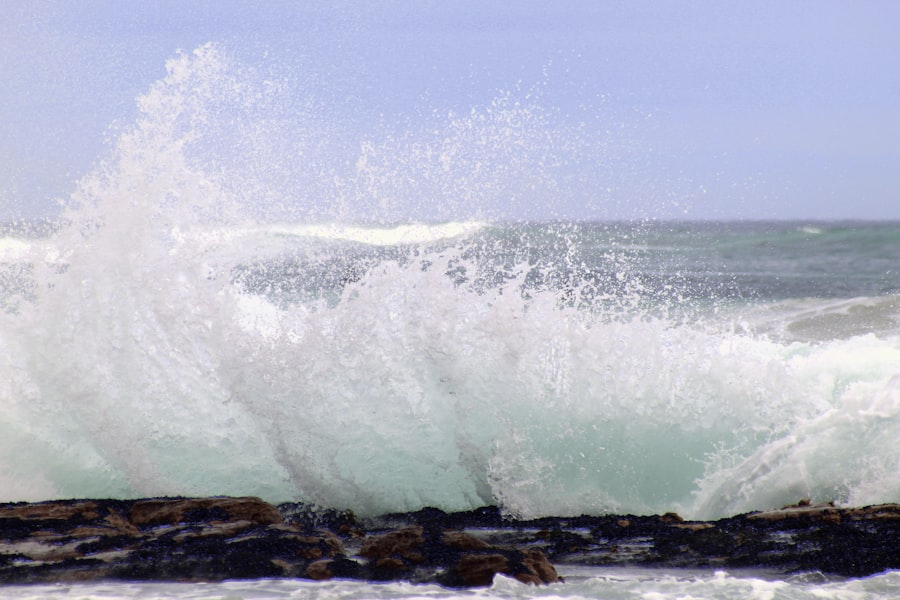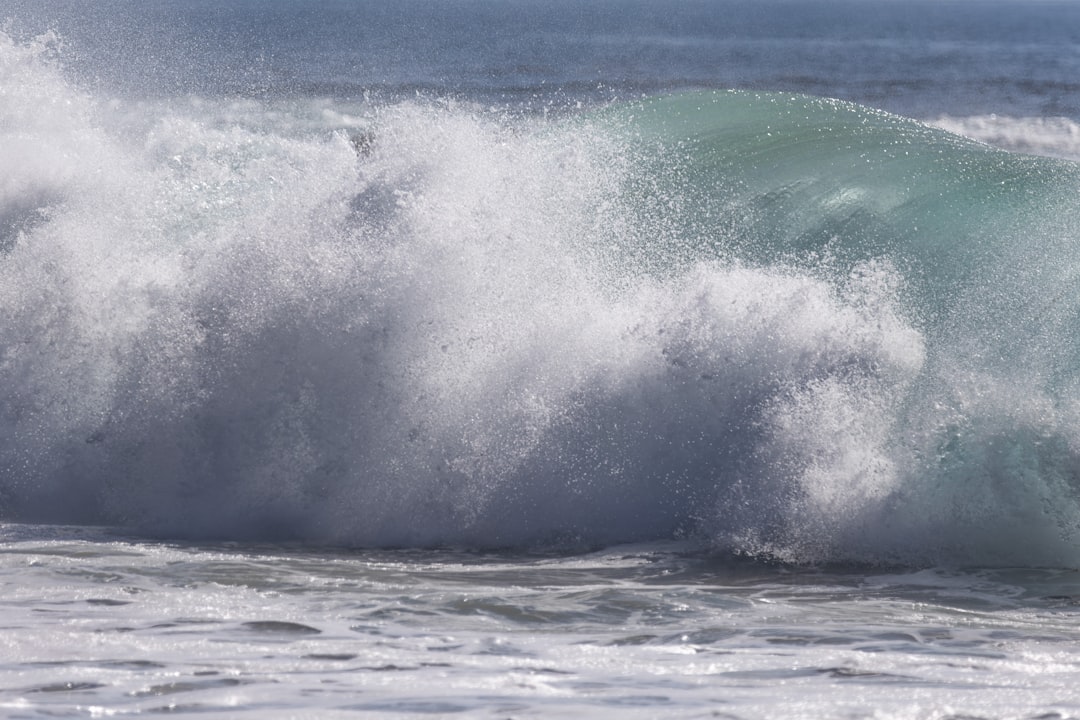The Drake Passage, a body of water situated between the southern tip of South America and Antarctica, is renowned for its tumultuous seas and unpredictable weather patterns. This narrow stretch of ocean, measuring approximately 800 kilometers (500 miles) in width, serves as a critical maritime route for vessels traveling to and from the Antarctic region. Named after the English explorer Sir Francis Drake, who navigated these waters in the late 16th century, the passage is often characterized by its fierce winds and towering waves, making it one of the most challenging areas for maritime navigation in the world.
Navigating the Drake Passage requires not only skill but also a deep understanding of the environmental conditions that can change rapidly. The passage is influenced by the confluence of several ocean currents, including the Antarctic Circumpolar Current, which contributes to its notorious reputation. Mariners must be well-prepared to face the potential dangers posed by high wave heights and severe weather, making accurate forecasting essential for safe passage through this formidable stretch of ocean.
Key Takeaways
- Drake Passage is a narrow stretch of water between South America’s Cape Horn and the South Shetland Islands of Antarctica, known for its treacherous and unpredictable weather conditions.
- Wave height forecasting is crucial for maritime activities in Drake Passage, as high waves can pose significant risks to ships and crew members.
- Factors affecting wave height in Drake Passage include wind speed, wind direction, ocean currents, and the presence of icebergs and sea ice.
- The methodology for wave height forecasting in Drake Passage involves the use of satellite data, numerical weather models, and historical wave height records.
- Current weather conditions in Drake Passage indicate strong westerly winds and moderate to high wave heights, making it challenging for maritime navigation.
Importance of Wave Height Forecast
Wave height forecasting in the Drake Passage is of paramount importance for ensuring the safety of vessels traversing these treacherous waters. Accurate predictions of wave heights can significantly influence a ship’s route planning and operational decisions. High waves can pose serious risks to both crew and cargo, leading to potential accidents or even capsizing in extreme cases.
Therefore, understanding wave height forecasts is crucial for mariners who wish to navigate this challenging environment safely. Moreover, wave height forecasts are not only vital for large commercial vessels but also for smaller boats and research expeditions that frequent the area. The Drake Passage is a popular route for scientific research vessels studying marine life and climate change, as well as for adventure tourism operators offering expeditions to Antarctica.
For these vessels, having reliable wave height information can mean the difference between a successful journey and a perilous one. Thus, the significance of accurate wave height forecasting cannot be overstated.
Factors Affecting Wave Height in Drake Passage

Several factors contribute to the wave height experienced in the Drake Passage, making it a complex environment for forecasting. One of the primary influences is wind speed and direction. The passage is known for its strong winds, which can reach speeds of over 60 knots during storms.
These winds generate waves that can quickly escalate in height, creating hazardous conditions for vessels. The interaction between wind and water is a critical component in determining wave characteristics. Another significant factor is the ocean currents that flow through the passage.
The Antarctic Circumpolar Current, which flows from west to east around Antarctica, interacts with other currents and can amplify wave heights under certain conditions. Additionally, the geography of the seafloor plays a role; shallower areas can cause waves to steepen and grow taller as they approach landmasses or underwater features. Understanding these factors is essential for accurate wave height forecasting and for mariners seeking to navigate safely through this challenging region.
Methodology for Wave Height Forecasting
| Method | Accuracy | Computational Time |
|---|---|---|
| Empirical Models | Medium | Low |
| Numerical Models | High | High |
| Machine Learning Models | High | Medium |
The methodology employed for wave height forecasting in the Drake Passage involves a combination of observational data and advanced modeling techniques. Meteorologists and oceanographers utilize satellite imagery, buoy data, and weather station reports to gather real-time information about wind speeds, wave heights, and other relevant conditions. This data serves as a foundation for creating predictive models that simulate how waves will behave under various scenarios.
Numerical weather prediction models are particularly valuable in this context. These models use complex algorithms to analyze atmospheric conditions and generate forecasts based on current data trends. By inputting variables such as wind speed, direction, and ocean currents into these models, forecasters can predict wave heights with greater accuracy.
Continuous monitoring and updating of these models ensure that forecasts remain relevant and reliable, providing mariners with the information they need to make informed decisions while navigating the Drake Passage.
Current Weather Conditions in Drake Passage
As of the latest reports, current weather conditions in the Drake Passage indicate a mix of moderate winds and variable cloud cover. Wind speeds are reported at around 25 knots, with gusts reaching up to 35 knots in certain areas. These conditions are expected to generate waves ranging from 2 to 4 meters in height, which, while manageable for experienced mariners, still require caution when navigating through the passage.
Additionally, atmospheric pressure systems are shifting, leading to potential changes in weather patterns over the next few days. Forecasters are closely monitoring these developments as they could lead to increased wind speeds and higher wave heights. Mariners planning to traverse the Drake Passage should remain vigilant and stay updated on changing weather conditions to ensure their safety during their journey.
Historical Wave Height Data in Drake Passage

Historical wave height data from the Drake Passage reveals a pattern of significant variability influenced by seasonal changes and climatic events. Over the years, records have shown that wave heights can reach extraordinary levels during winter months when storms are more frequent and intense. Data collected from buoys stationed throughout the passage indicates that waves have been recorded at heights exceeding 10 meters during severe weather events.
This historical perspective is crucial for understanding potential risks associated with navigating these waters. By analyzing past wave height data alongside current forecasts, mariners can better assess their risk levels and make informed decisions about their routes. Furthermore, this data aids researchers in studying climate change impacts on oceanic conditions, providing insights into how shifting weather patterns may affect future wave heights in this critical maritime corridor.
Forecasted Wave Height for Tomorrow
Looking ahead to tomorrow’s forecast for the Drake Passage, meteorologists predict an increase in wave heights due to an approaching low-pressure system. Current models suggest that wave heights could reach between 4 to 6 meters by midday, with potential peaks during stormy conditions later in the day. Mariners should prepare for these heightened conditions as they could significantly impact navigation safety.
The forecasted increase in wave height underscores the importance of continuous monitoring and timely updates for those planning to traverse this challenging passage. Mariners are advised to consult updated forecasts regularly and consider delaying their journeys if conditions appear too dangerous. The ability to adapt plans based on accurate forecasts can be crucial in ensuring safe passage through one of the world’s most formidable maritime routes.
Potential Impact of High Wave Height on Maritime Activities
High wave heights in the Drake Passage can have profound implications for various maritime activities. For commercial shipping routes, increased wave heights can lead to delays in transit times as vessels may need to alter their courses or slow down to navigate safely through rough seas. This can result in economic repercussions not only for shipping companies but also for industries reliant on timely deliveries.
For research vessels operating in these waters, high waves can hinder scientific operations such as sampling or deploying equipment. The safety of crew members becomes a paramount concern as rough seas increase the risk of accidents on board. Adventure tourism operators also face challenges; high waves may force cancellations or changes in itineraries, impacting both business operations and customer satisfaction.
Thus, understanding and forecasting wave heights is essential for all maritime stakeholders operating within or near the Drake Passage.
Safety Precautions for Mariners in Drake Passage
Given the unpredictable nature of the Drake Passage, mariners must take specific safety precautions when navigating these waters.
Mariners should also conduct regular safety drills with their crew to ensure everyone knows their roles in case of an emergency.
Additionally, staying informed about current weather conditions and forecasts is critical. Mariners should utilize reliable sources for weather updates and be prepared to adjust their plans based on changing conditions. It is advisable to maintain communication with other vessels in the area and with maritime authorities who can provide real-time information about potential hazards.
By prioritizing safety measures and remaining vigilant about environmental conditions, mariners can significantly reduce risks while navigating through the challenging waters of the Drake Passage.
Comparison with Previous Forecasts
When comparing current forecasts with previous predictions for wave heights in the Drake Passage, it becomes evident that forecasting accuracy has improved over recent years due to advancements in technology and modeling techniques. Historical data shows that earlier forecasts often underestimated wave heights during severe weather events; however, recent models have demonstrated a greater ability to predict extreme conditions accurately. This improvement is largely attributed to enhanced satellite technology and more sophisticated numerical models that incorporate a wider range of variables affecting wave behavior.
As a result, mariners today benefit from more reliable forecasts that allow them to make better-informed decisions regarding their routes through this challenging maritime corridor. Continuous evaluation of forecasting methods will further enhance safety measures for those navigating the Drake Passage.
Conclusion and Recommendations for Navigating Drake Passage
In conclusion, navigating the Drake Passage presents unique challenges due to its unpredictable weather patterns and significant wave heights. Accurate forecasting plays a crucial role in ensuring maritime safety within this region; therefore, mariners must remain vigilant about current conditions and forecasts while preparing adequately for their journeys. Understanding factors influencing wave height—such as wind speed and ocean currents—can aid mariners in making informed decisions.
Recommendations for those planning to navigate through the Drake Passage include thorough preparation before departure, regular consultation of updated weather forecasts, and adherence to safety protocols onboard. By prioritizing safety measures and utilizing available resources effectively, mariners can enhance their chances of successfully traversing this formidable stretch of ocean while minimizing risks associated with high wave heights and adverse weather conditions.
If you’re planning a journey through the Drake Passage, it’s crucial to stay informed about the wave height forecast for tomorrow. The Drake Passage is notorious for its challenging sea conditions, and understanding the wave patterns can significantly impact your travel plans. For more detailed insights and updates on the Drake Passage and other geographical phenomena, you can explore this related article on MyGeoQuest. This resource provides valuable information that can help you prepare for the unpredictable nature of this infamous maritime route.
WATCH NOW! Drake Passage: Earth’s Deadliest Waters Revealed
FAQs
What is the Drake Passage?
The Drake Passage is the body of water between the southern tip of South America and the northern tip of the Antarctic Peninsula. It is known for its rough seas and challenging sailing conditions.
What is wave height forecast?
Wave height forecast is a prediction of the height of waves in a particular area over a specific period of time. It is used by sailors, surfers, and other marine activities to plan and prepare for the conditions they will encounter.
Where can I find the wave height forecast for the Drake Passage tomorrow?
You can find the wave height forecast for the Drake Passage tomorrow from various sources such as the National Weather Service, marine weather websites, and sailing or boating apps.
What factors are considered when forecasting wave height?
When forecasting wave height, meteorologists consider factors such as wind speed and direction, atmospheric pressure, and the topography of the ocean floor. These factors can all influence the size and strength of waves in a particular area.
Why is it important to know the wave height forecast for the Drake Passage?
It is important to know the wave height forecast for the Drake Passage because of its reputation for rough seas. Sailors and other marine activities need to be prepared for the conditions they will encounter in order to ensure safety and successful navigation.
